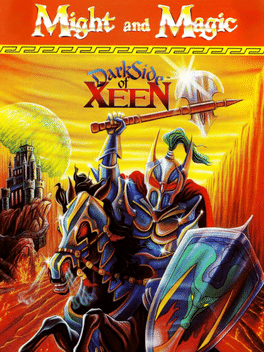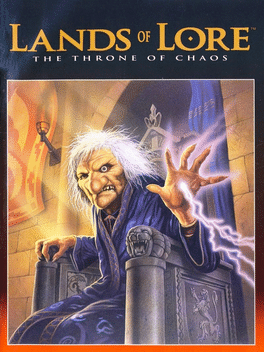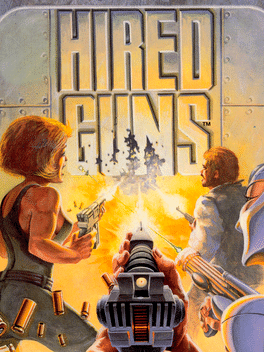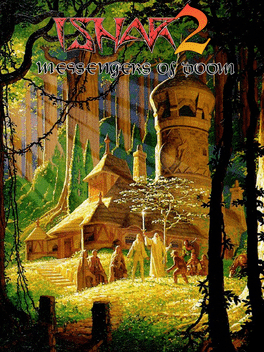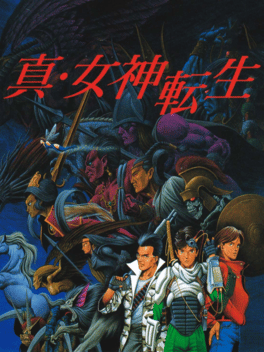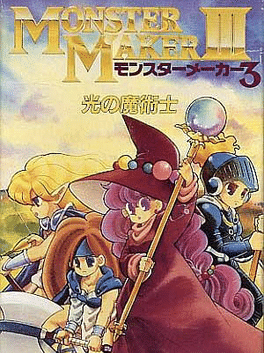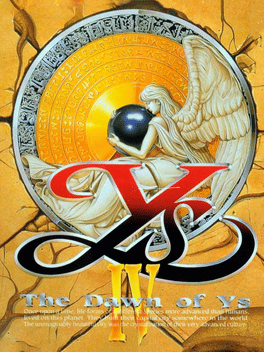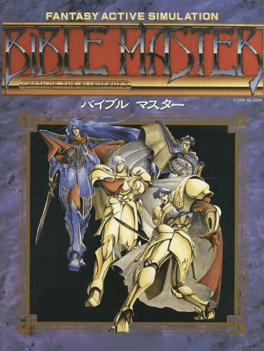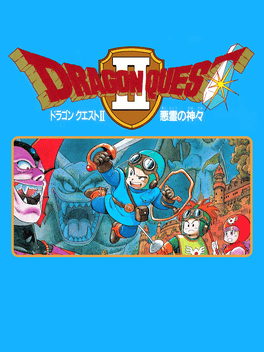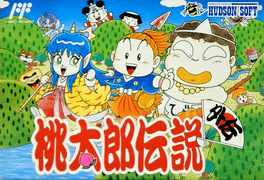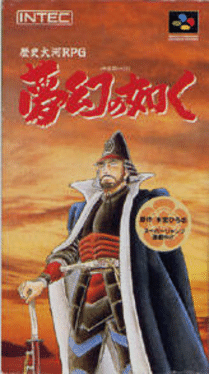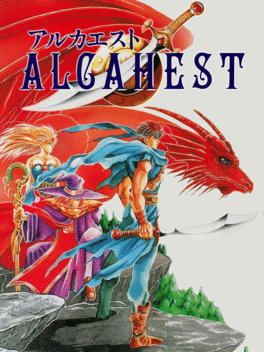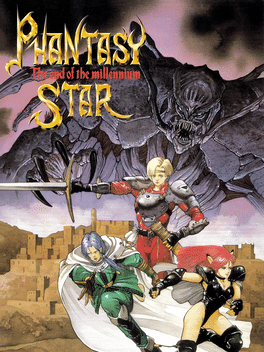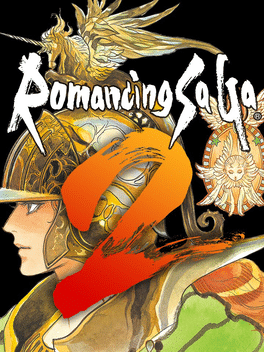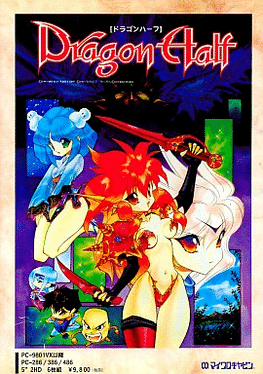New Xbox360 Games - Page 225
-
Might and Magic V: Darkside of Xeen
1993
Might and Magic V: Darkside of Xeen (originally released as Might and Magic: Darkside of Xeen) is a science fantasy role-playing video game, published and developed for multiple platforms by New World Computing in 1993. Based on the Might and Magic III: Isles of Terra game engine, it is the fifth game in the Might and Magic series, and is a direct sequel to Might and Magic IV: Clouds of Xeen, concluding the story arc started in the original Might and Magic Book One: The Secret of the Inner Sanctum. Like its predecessors, it was well received by both critics and players for its large game world and graphics, and was among the earliest games to make use of both animated cutscenes and PCM sound-based speech. Its unique integration mechanic with the game world of Clouds of Xeen, allowing both games to be played in a combined format - World of Xeen - was considered revolutionary at the time. -
Unlimited Adventures
1993
Unlimited Adventures
1993
Have you ever wanted to break the chains and design your own AD&D adventure scenarios? Well, this is your chance to do it in the incredible FORGOTTEN REALMS game world, with your only limitation being the size of your hard drive. -
Lands of Lore: The Throne of Chaos
1993
star 8.5Lands of Lore: The Throne of Chaos takes you on an adventure: save the dying king and stop the evil sorceress Scotia’s Dark Army. Your band of heroes will travel through a vast fantasy word full of mysterious places, dangerous monsters, and hidden treasures in a quest to find a way to defeat the immortal evil enchantress and save the world. -
Hired Guns
1993
Hired Guns
1993
star 7.2Hired Guns takes the player to the far reaches of the Luyten planetary system. Battling through over 20 theaters of engagement, collecting weapons, scanners and food, your team of mercenaries test the limits of their military prowess in this high-tech battle adventure game. The game features a split-screen multiplayer mode for up to four gamers, plus utilizes a unique custom digital terrain processor built for the game for realistic 3D views. -
Ishar 2: Messengers of Doom
1993
star 5.7Ishar 2 was published in 1993 on Amiga, Atari ST and DOS. In Ishar 2, the player starts with the character of Zubaran, who is the new lord of Ishar. He receives a vision that tells him to defeat the sorcerer Shandar. It is also possible to import a party of characters from the first Ishar. The game now takes place on an archipelago, each island bearing the name of one of Jarel's companions. Each island also features a different type of landscape: Irvan's island is covered with swamps, Akeer's and Otbar's are underground complexes, Zach's island is covered by a city, Jon's is mountainous, and Thorm's has treetop gangways in a forest. This game has a combat system that's more ergonomic than in the first Ishar, and a day-night cycle in which shops are closed at night and the nightclub is closed by day. It also adds a bank (let's leave it to players to figure out what to do with it). Saving the game does not remove gold from the player any more. -
Burntime
1993
-
Yokoyama Mitsuteru Sangokushi II
1993
Yokoyama Mitsuteru Sangokushi II ("Mitsuteru Yokoyama's Romance of the Three Kingdoms II") is a strategy game and the sequel to the original Yokoyama Mitsuteru Sangokushi. Both games were adapted from the eponymous manga artist's graphic novel adaptation of the ancient Chinese novel. Specifically, they were based on an anime adaptation of the manga, released close to the same time. -
Shin Megami Tensei
1993
Shin Megami Tensei
1993
Shin Megami Tensei is a port of the original Super Famicom game and features new highly detailed cutscenes. The gameplay uses first-person navigation of dungeons and turn-based battles against demons. The player can recruit demons as allies by talking to them rather than fighting them, and two to three demons can be fused to create new demons. -
Monster Maker III: Hikari no Majutsushi
1993
Monster Maker III: Hikari no Majutsushi is a Role-Playing game, published by Sofel, which was released in Japan in 1993. -
Ys IV: The Dawn of Ys
1993
Two years after defeating Darm and bringing peace to Esteria, Adol returns to the town of Minea with his companion in adventure, Dogi. Everything seems fine as friends are reunited and the people hail their hero, but there’s an unseen evil looming in the air. As Adol goes to the seer Sara, she tells him of an even greater darkness in the land of Celceta and asks the red-haired swordsman to go there and seek the truth behind this mystery. Thus, Adol steals away unnoticed in the middle of the night to embark on his next adventure. In Celceta, Adol will learn of the Romun Empire’s ambitions, fight the mysterious Clan of Darkness that seeks to ressurect their long dead leader, and discover the ancient history of Celceta itself as well as its connection to the land of Ys. The last survivor of a forgotten race of winged beings holds the power that may bring back darkness to the land, and only Adol will be able to stop it. -
Bible Master
1993
-
Dragon Quest II
1993
Dragon Quest II
1993
Remake of Dragon Warrior II released for the Super Famicom in the Dragon Quest I.II compilation. This remake includes updated graphics that retain the original look, sound of higher quality, and some changes in the gameplay and in the game world: certain locations are larger, some menu commands (such as "Stairs") are omitted, and there is a larger variety of items. -
Dragon Quest
1993
Dragon Quest
1993
star 5.2Remake of Dragon Warrior released for the Super Famicom in the Dragon Quest I.II compilation. This remake includes updated graphics that retain the original look, sound of higher quality, and some changes in the gameplay and in the game world: certain locations are larger, some menu commands (such as "Stairs") are omitted, and there is a larger variety of items. -
Momotaro Densetsu Gaiden
1993
The Family Computer port of the Game Boy game under the name of Momotaro Densetsu Gaiden. A spin-off of Hudson's Peach Boy RPG series that focuses on three side characters instead. The game switches focus from Momotarou to three extra characters, each has their own distinct campaign to play through. One follows a standard RPG route of a hero's journey, another involves the princess of the kingdom of demons as she attempts to uncover an attack on her father's throne with a band of allied monsters, and the third involves a thief who steals money from monsters and gives it to beggars. Each campaign follows the core gameplay of the series: overworld exploration and turn-based combat. -
Wondrous Magic
1993
Wondrous Magic
1993
Wondrous Magic is a Role-Playing game, developed by System Sacom and published by ASCII Entertainment, which was released in Japan in 1993. -
Yume Maboroshi no Gotoku
1993
A Super Famicom RPG set in a version of feudal Japan. It was developed by TOSE and published by Intec. Yume Maboroshi no Gotoku ("A Dreamlike Illusion", roughly) is an RPG set in a version of Sengoku era Japan. It otherwise plays like a standard JRPG, with a turn-based system that uses large enemy sprites in the center of the screen a la Phantasy Star or Dragon Quest. The game was one of two games ever published by Intec for the Super Famicom. They usually worked with the Turbo CD/PCE-CD system. It was never localized into English or released outside of Japan. -
Alcahest
1993
Alcahest
1993
star 7.9Alcahest is an action role-playing game with a top-down perspective that plays similar to The Legend of Zelda. It is divided into 8 stages that are progressed by finding items that aid the protagonist Alen on his quest, and end with a boss battle. After specific boss fights, the player will gain the abilities of one of the four elemental Guardians. Alen will also find five allies that will join him at predetermined points of some levels. They are the young wizard Garstein, the princess Elikshil, the knight Sirius, the android Magna and the shape-shifter dragon goddess Nevis. Though they cannot be controlled directly, allies will attack and use special moves when the corresponding button is pressed. -
Phantasy Star IV: The End of the Millennium
1993
star 8.8You are Chaz Ashely, a rookie Hunter straight out of training who is supported by Alys Brangwin – a crafty veteran whose good looks and prowess with the blade have earned her an awesome reputation. The two Hunters along with a cast of supporting characters will go beyond Motavia to unwittingly save their entire solar system. -
Romancing SaGa 2
1993
Romancing SaGa 2
1993
PlayStation 4 Super Nintendo Entertainment System Wii Android PC (Microsoft Windows) iOS PlayStation Vita Xbox One Legacy Mobile Device Nintendo Switch Super Famicomstar 6.7The Emperor or Empress of Avalon begins the game as King Leon and later plays as his various heirs down through the game years. Leon hands his kingdom over to his son, Gellard. At the end of Gellard's reign, the player is able to choose his or her own successor and pass on Gellard's abilities to them. At the end of each generation, he or she will be given a choice of four heirs. Their identity is based on a combination of chance and anyone whom the player has assisted or allied within in a past generation. -
Dragon Half
1993
Dragon Half
1993
Based on the crazy manga/anime, Dragon Half is a board game style of affair, similar to 21 Emon or some of the Peachboy titles. You progress around a board by rolling a dice, competing against other human or computer controlled players. Landing on different coloured squares has different effects. Some of these cause special events, others trigger animated battle sequences that require precisely timed button pushes for maximum impact.
